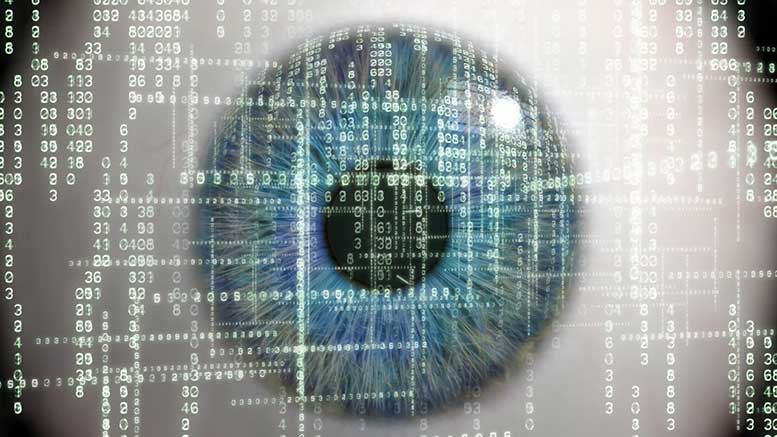Table of Contents
What are Computer Vision Models?
Computer vision is a field of artificial intelligence that enables computers to interpret and understand the visual world. There are 5 main models that involves the development of algorithms that allow machines to analyze and make sense of images and videos.
Computer vision models play a crucial role in various applications, including object detection, image segmentation, facial recognition, and autonomous vehicles. In this article, we will explore some of the most popular computer vision models and how they are used in different scenarios.
Convolutional Neural Networks (CNNs)
Convolutional Neural Networks (CNNs) are one of the most widely used computer vision models. They are designed to automatically and adaptively learn spatial hierarchies of features from image data.
CNNs consist of multiple layers, including convolutional layers, pooling layers, and fully connected layers. The convolutional layers apply filters to the input image, extracting features such as edges, textures, and shapes.
The pooling layers reduce the spatial dimensions of the feature maps, while the fully connected layers perform classification tasks based on the extracted features.
CNNs have achieved remarkable success in tasks such as image classification, object detection, and image segmentation. They have been used in popular applications like facial recognition systems, self-driving cars, and medical imaging.
CNNs are also the foundation of many pre-trained models, such as VGG, ResNet, and MobileNet, which can be fine-tuned for specific tasks.
Recurrent Neural Networks (RNNs)
Recurrent Neural Networks (RNNs) are another type of computer vision model that is well-suited for sequential data, such as videos and time series.
RNNs have a recurrent connection that allows them to capture temporal dependencies in the input data. This makes them ideal for tasks like video classification, action recognition, and image captioning.
RNNs have been used in applications where the context of the input data is critical for making predictions. For example, in video classification, RNNs can analyze the sequence of frames to understand the motion and dynamics of the scene.
In image captioning, RNNs can generate descriptive captions for images by considering the context of the entire image.
Generative Adversarial Networks (GANs)
Generative Adversarial Networks (GANs) are a type of computer vision model that consists of two neural networks – a generator and a discriminator. The generator generates fake images, while the discriminator tries to distinguish between real and fake images.
The two networks are trained in a competitive manner, where the generator learns to generate realistic images, and the discriminator learns to differentiate between real and fake images.
GANs have been used in tasks like image generation, image-to-image translation, and super-resolution. They have the ability to generate high-quality images that are indistinguishable from real images.
GANs have also been used in creative applications, such as generating art, music, and text.
Object Detection Models
Object detection models are computer vision models that are designed to locate and classify objects in images or videos. These models can detect multiple objects of different classes in a single image and provide bounding boxes around them.
Object detection models are widely used in applications like surveillance, autonomous vehicles, and augmented reality.
Some popular object detection models include Faster R-CNN, YOLO (You Only Look Once), and SSD (Single Shot MultiBox Detector).
These models use different techniques, such as region proposal networks, anchor boxes, and feature pyramids, to achieve real-time object detection with high accuracy.
Image Segmentation Models
Image segmentation models are computer vision models that partition an image into multiple segments or regions. Each segment represents a different object or region in the image.
Image segmentation is used in applications like medical imaging, scene understanding, and image editing.
Some popular image segmentation models include U-Net, Mask R-CNN, and DeepLab. These models use techniques like fully convolutional networks, skip connections, and dilated convolutions to achieve accurate and detailed segmentation results.
Image segmentation models can be used to extract objects from a background, segment organs in medical images, or create artistic effects in photos.
In conclusion, computer vision models play a crucial role in various applications that involve analyzing and understanding visual data.
From image classification to object detection to image segmentation, these models enable machines to interpret and interpret the visual world with high accuracy and efficiency.
As computer vision models continues to advance, we can expect to see even more sophisticated models that push the boundaries of what is possible in the field of artificial intelligence.
